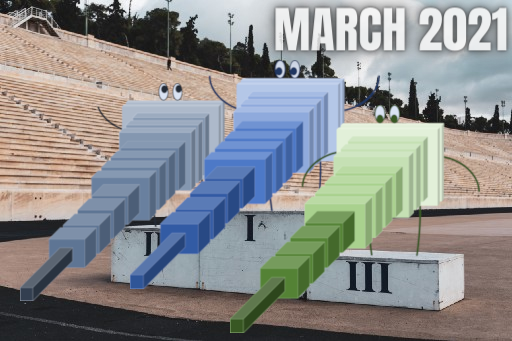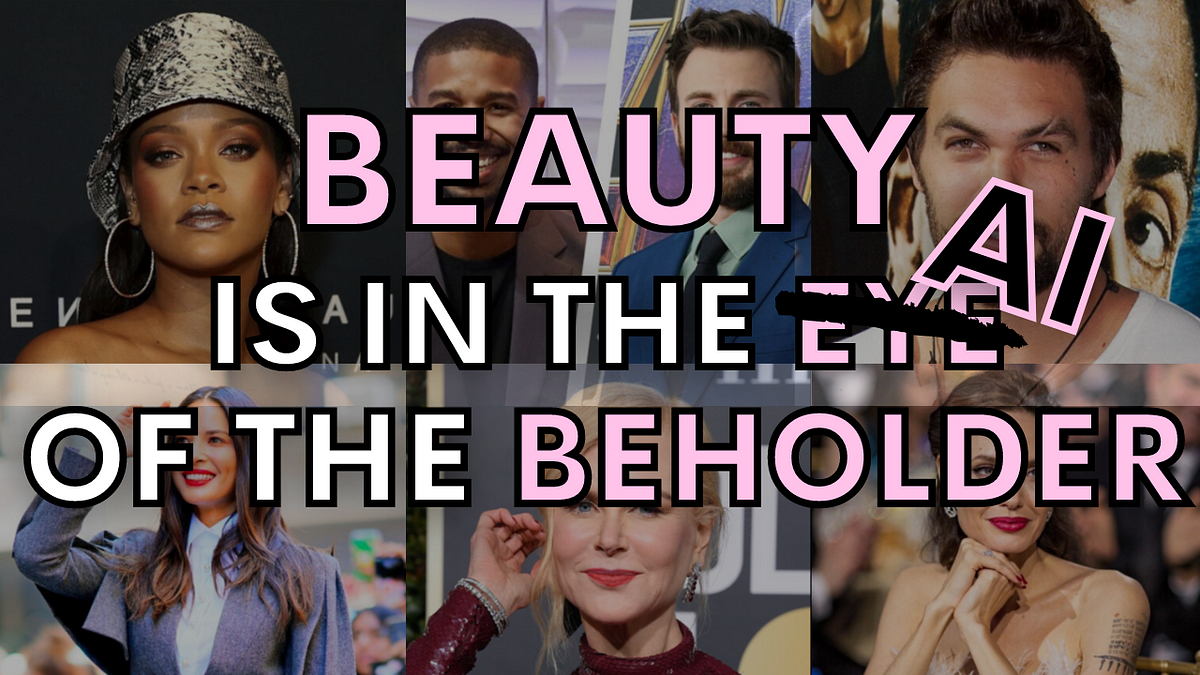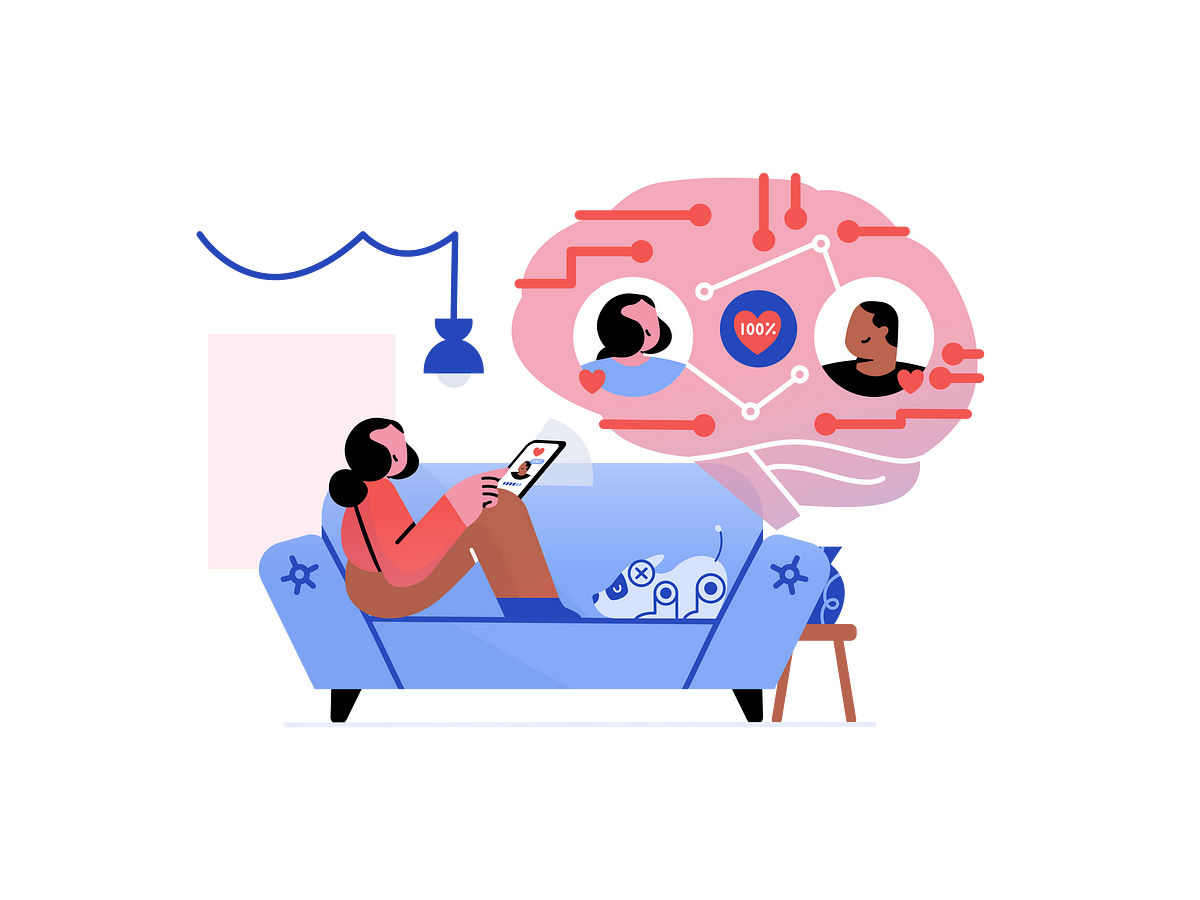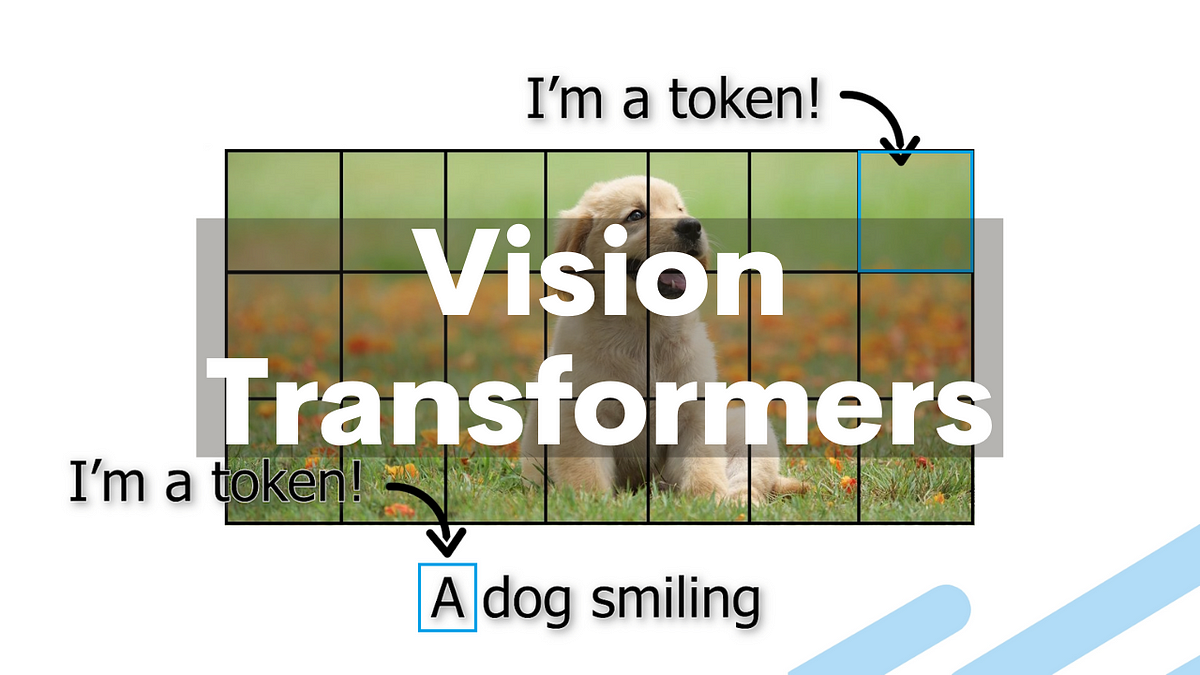The AI Monthly Top 3 — March 2021
The 3 most interesting AI papers this month, March 2021, with video demos, short articles, code, and paper reference.

Here are the 3 most interesting research papers of the month, in case you missed any of them. It is a curated list of the latest breakthroughs in AI and Data Science by release date with a clear video explanation, link to a more in-depth article, and code (if applicable). Enjoy the read, and let me know if I missed any important papers in the comments, or by contacting me directly on LinkedIn!
Paper #1:
Brain-computer interface for generating personally attractive images [1]
Can an AI understand what beauty is to us? This one reads your brain to generate personally attractive faces! Michiel Spapé and his team from the University of Helsinki attempted to understand what attractiveness is to us in their most recent paper “Brain-computer interface for generating personally attractive images” [1] using Electroencephalography or EEG and GANs. EEG is a monitoring method used to record electrical brain activity using electrodes placed along the scalp…
Watch the video
A short read version

Code they used to train the GAN models: https://github.com/tkarras/progressive_growing_of_gans

Paper #2:
We Asked Artificial Intelligence to Create Dating Profiles. Would You Swipe Right? [2]
Would you swipe right on an AI profile? Can you distinguish an actual human from a machine? This is what this study reveals using AI-made-up people on dating apps.
Watch the video
A short read version

Code used for the text generative model: https://colab.research.google.com/drive/1VLG8e7YSEwypxU-noRNhsv5dW4NfTGce#forceEdit=true&sandboxMode=true&scrollTo=aeXshJM-Cuaf
Paper #3:
Swin Transformer: Hierarchical Vision Transformer using Shifted Windows [3]
Will Transformers Replace CNNs in Computer Vision? In less than 5 minutes, you will know how the transformer architecture can be applied to computer vision with a new paper called the Swin Transformer.
Watch the video
A short read version

Code: https://github.com/microsoft/Swin-Transformer
If you like my work and want to stay up-to-date with AI, you should definitely follow me on my other social media accounts (LinkedIn, Twitter) and subscribe to my weekly AI newsletter!
To support me:
- The best way to support me is by following me here on Medium or subscribe to my channel on YouTube if you like the video format.
- Support my work on Patreon
- Join our Discord community: Learn AI Together and share your projects, papers, best courses, find Kaggle teammates, and much more!
References
[1] M. Spape, K. Davis, L. Kangassalo, N. Ravaja, Z. Sovijarvi-Spape and T. Ruotsalo, “Brain-computer interface for generating personally attractive images,” in IEEE Transactions on Affective Computing, doi: 10.1109/TAFFC.2021.3059043.
[2] Sandra Bryant et al., “We Asked Artificial Intelligence to Create Dating Profiles. Would You Swipe Right?”, (2021), UNSW Sydney blog.
[3] Liu, Z. et al., 2021, “Swin Transformer: Hierarchical Vision Transformer using Shifted Windows”, arXiv preprint https://arxiv.org/abs/2103.14030v1

